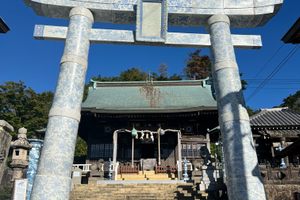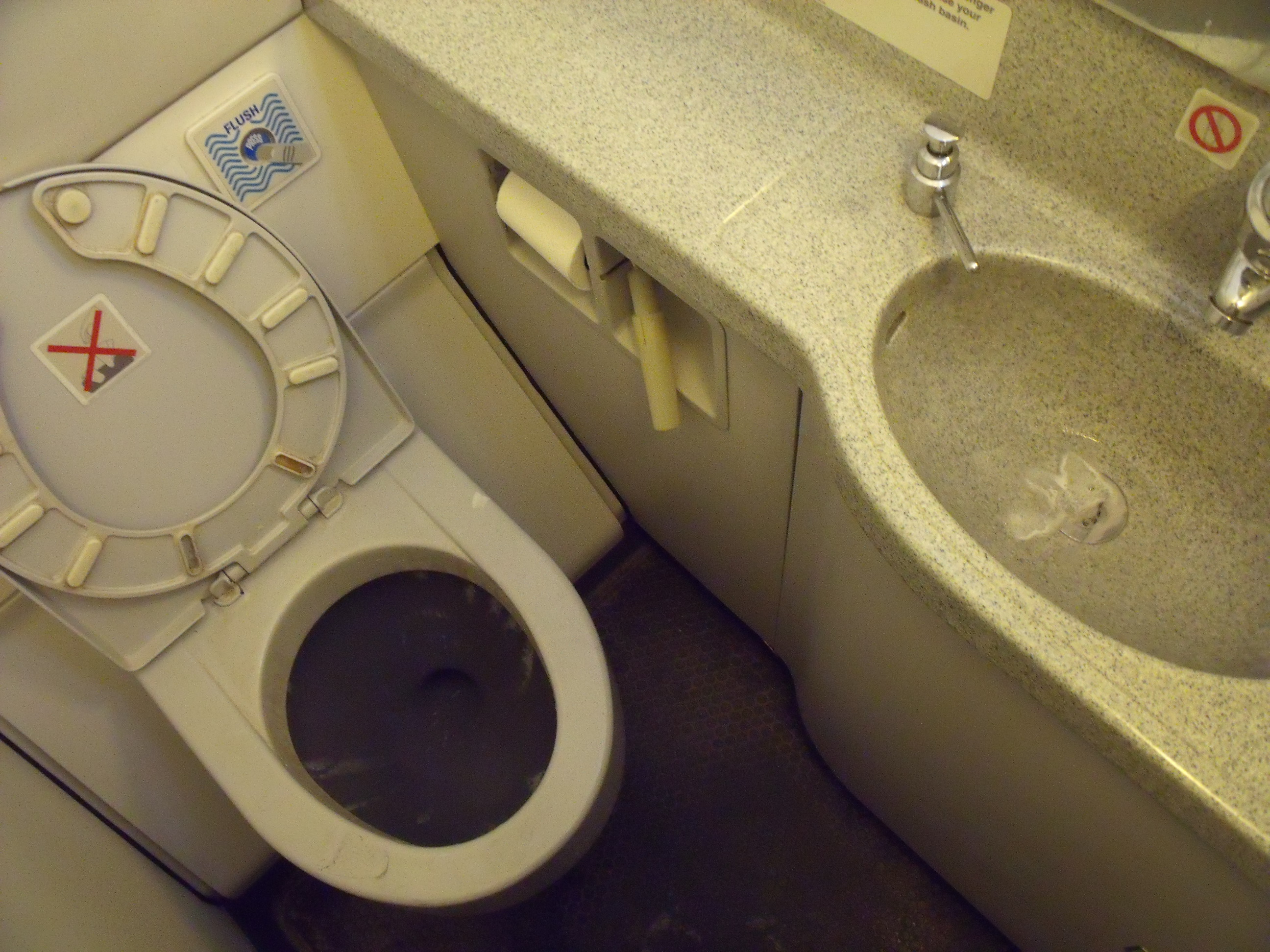Tozan Shrine in Arita, Japan
Arita, a small town in western Saga prefecture, enjoys a long history as one of the main centers of traditional porcelain production in Japan. It maintained its heritage throughout turbulent times toward the end of the Edo period, and has continued to produce high-quality porcelain. This traditional district mostly runs along both sides of a long road, with alleys and narrow streets leading off into clusters of kilns and porcelain stores. About halfway along this road is where you can find Tozan Shrine (also known as Sueyama Shrine). While the Tozan Shrine shares many features with other Shinto shrines—such as a Torii gate, lanterns, statues of mythical creatures, and lavish decorations within the shrine’s main hall—it differs in one crucial respect: it’s made out of locally crafted porcelain. That includes blue and white Sometsuke (染付), colorful gold glazed Kinsai (金彩) and Kinrande (金襴手), and plain white Hakuji (白磁). Indeed, the intricately patterned porcelain Torii gate, made in 1888, is now designated a Tangible Cultural Property. When you approach the shrine from the street, you may come across another unique feature: an active train line. Although there is a crossing that closes when a train is coming, it still feels surreal to be unable to access the shrine without walking across train tracks. The view from the top of the shrine also showcases the quaint townscape of Arita and the surrounding picturesque mountains and rivers. Tozan Shrine also includes a memorial to Yi Sam-Pyeong, known as Kanagae Sanbe in Japanese, a Korean man who is said to have discovered the clay mineral kaolin needed to create fine white porcelain in Arita’s Izumi mountain in 1616.


Arita, a small town in western Saga prefecture, enjoys a long history as one of the main centers of traditional porcelain production in Japan. It maintained its heritage throughout turbulent times toward the end of the Edo period, and has continued to produce high-quality porcelain. This traditional district mostly runs along both sides of a long road, with alleys and narrow streets leading off into clusters of kilns and porcelain stores. About halfway along this road is where you can find Tozan Shrine (also known as Sueyama Shrine).
While the Tozan Shrine shares many features with other Shinto shrines—such as a Torii gate, lanterns, statues of mythical creatures, and lavish decorations within the shrine’s main hall—it differs in one crucial respect: it’s made out of locally crafted porcelain. That includes blue and white Sometsuke (染付), colorful gold glazed Kinsai (金彩) and Kinrande (金襴手), and plain white Hakuji (白磁). Indeed, the intricately patterned porcelain Torii gate, made in 1888, is now designated a Tangible Cultural Property.
When you approach the shrine from the street, you may come across another unique feature: an active train line. Although there is a crossing that closes when a train is coming, it still feels surreal to be unable to access the shrine without walking across train tracks. The view from the top of the shrine also showcases the quaint townscape of Arita and the surrounding picturesque mountains and rivers.
Tozan Shrine also includes a memorial to Yi Sam-Pyeong, known as Kanagae Sanbe in Japanese, a Korean man who is said to have discovered the clay mineral kaolin needed to create fine white porcelain in Arita’s Izumi mountain in 1616.



























.jpg?width=1920&height=1920&fit=bounds&quality=80&format=jpg&auto=webp#)


















![Gay Catholic United Flight Attendant Axed After ‘Sex Is Unchangeable’ Remark—Raises Enough Money To Sue [Roundup]](https://viewfromthewing.com/wp-content/uploads/2025/02/DALL·E-2025-02-03-08.46.00-A-high-contrast-digital-montage-combining-aviation-Catholic-symbolism-and-legal-imagery___-Central-figure_-A-stern-looking-male-flight-attendant-in.webp?#)






























